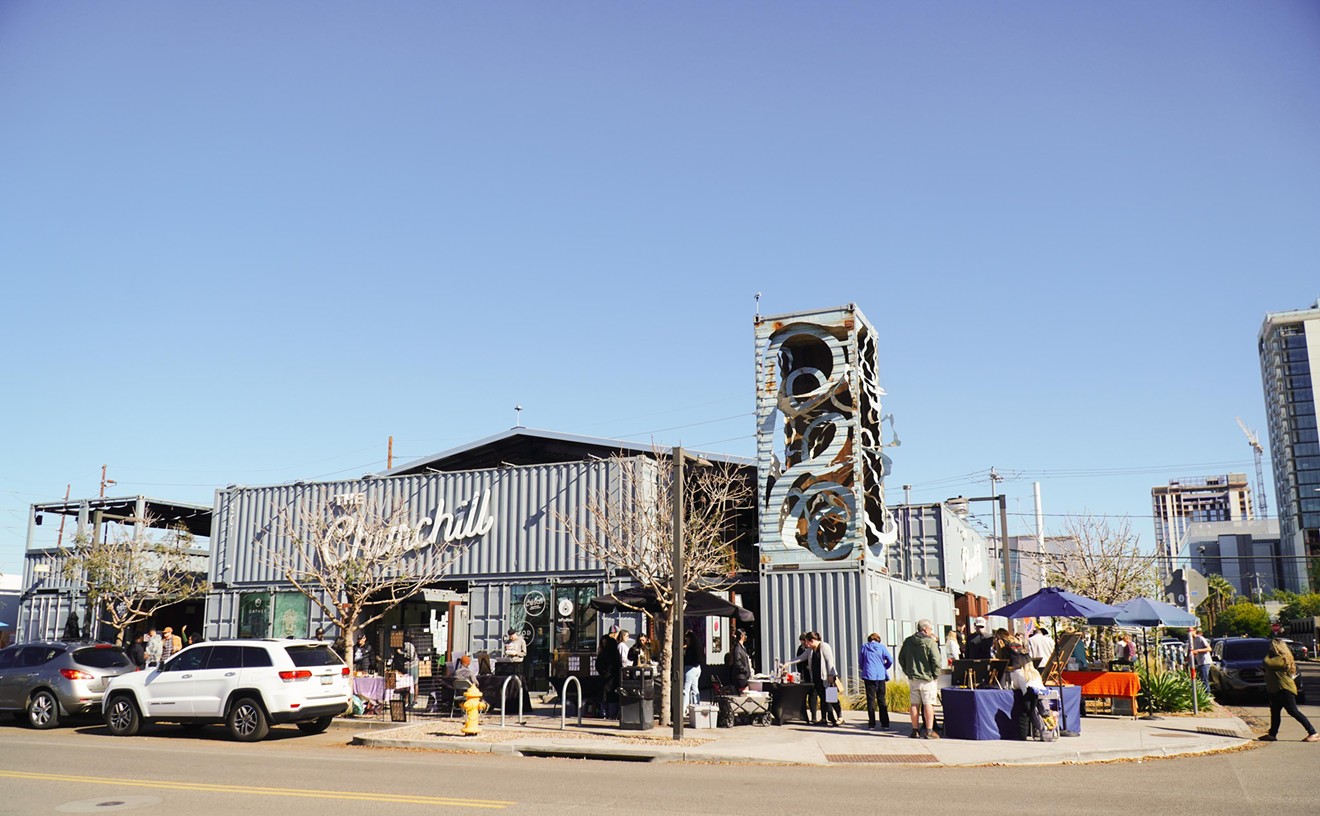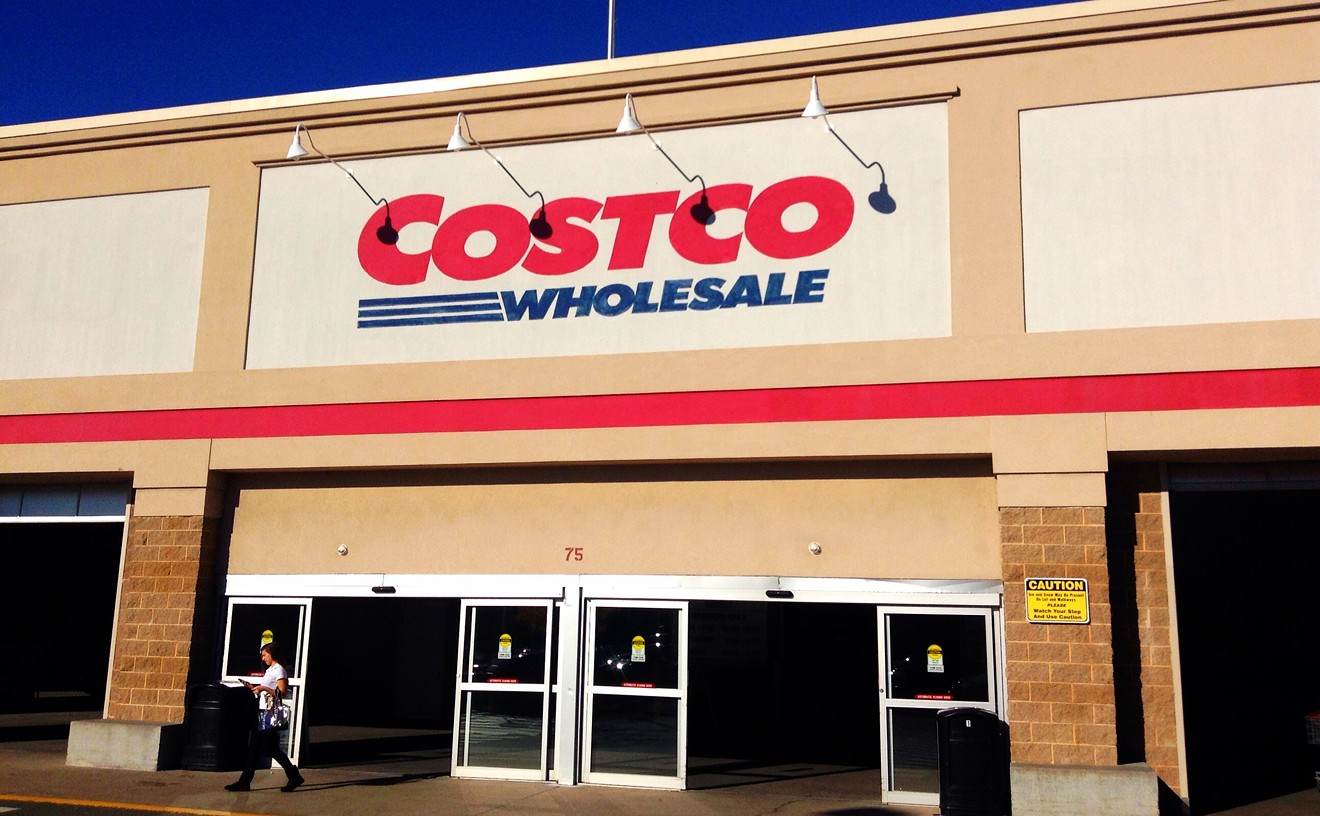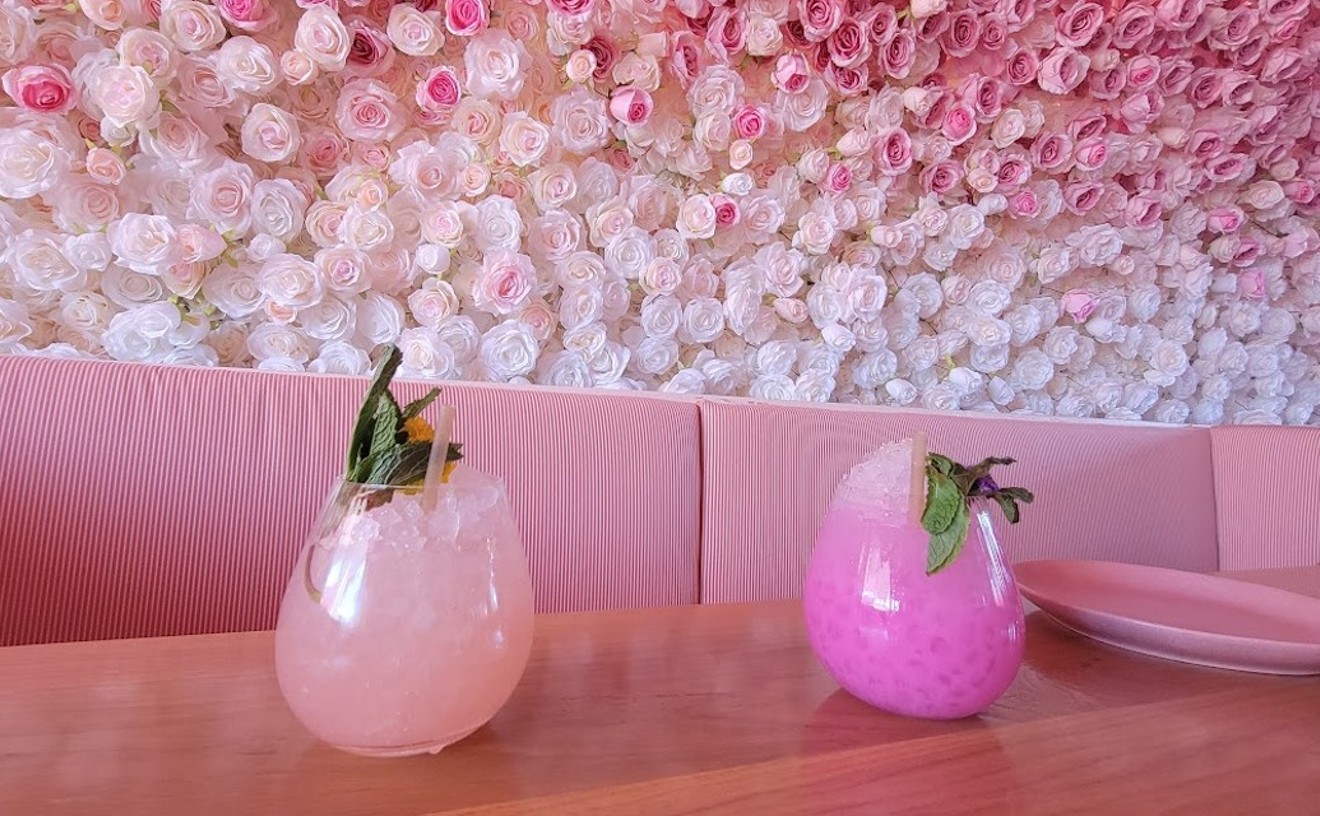I’ve felt the never-ending tug of waste guilt since I was a kid. My mom wisely taught me to turn off lights and water down shampoo and conditioner to get every last drop. My stepdad no-joke freezes leftover Hamburger Helper. I will cart compostable items home from a cabin trip, praying to up there they don’t leak in my car. However, I am grateful for this guilt.
So, you can imagine my horror when single-serve coffee makers and pods hit the scene last decade. It felt like a huge step backward, leaving me to ask just this: What the fuck?
Clearly, I’m not the first person to publish an issue with the hardly Earth-friendly pods and their parent machines. One of the earliest big articles to take this whole thing on was "A Coffee Conundrum" — a 2010 New York Times piece. Yet, apparently, we still need to call this practice out, as pod-using coffee makers are still fucking everywhere.
The one objective of this gripe is to inform readers of recycling, but more than that, some alternatives. And to possibly give some a different perspective.
Let’s dive.

Let's take it back to the beginning.
Your Best Digs/flickr
Some (Okay, A Lot) of History
Keurig has become a household name, the brand synonymous with single-serve coffee makers much like Kleenex, Xerox, ChapStick, etc. They are everywhere — hotels, office break rooms, probably church basements, your own kitchen counter.The thing dates back to 1992 and the city of Boston. It was started by John Sylvan and Peter Dragone. “They named their invention “Keurig,” a word meaning excellence that Sylvan pulled from a Danish-English dictionary,” reads a 2011 article “The Buzz Machine” from the Boston Globe. Green Mountain Coffee Roasters was the first to invest, and the whole thing launched in 1997.
The machines are now manufactured by Keurig Dr Pepper, the seventh-largest food and beverage company in the United States. It operates out of Burlington, Massachusetts, and formed in 2018 after Keurig Green Mountain merged with the Dr Pepper Snapple Group. The company’s annual revenue is more than $11 billion. That's billion with a b (thanks, Kai Ryssdal).
But obviously, this overall problem has much to do with single-serve coffee containers — the K-Cups.
(Don’t hate the inventor. Sylvan sold his share of the company in 1997 for $50,000 according to The Atlantic article “A Brewing Problem” from 2015. The same article quotes him as not even owning a Keurig, then saying, “Plus, it’s not like drip coffee is tough to make.” Church.)
Back to the problem. The little plastic coffee pods with their tinfoil hats are a menace.
In the mid-2010s, there was even a petition at KillTheKCup.org — which comes across like the Jenny McCarthy Body Count but for coffee. And in 2016, a Washington Post article references the book Caffeinated: How Our Daily Habit Helps, Hurts, and Hooks Us.
“Murray Carpenter, whose 2014 book Caffeinated chronicles our collective addiction to caffeine, did a good job of putting coffee pod waste into alarming perspective. There were enough K-Cups thrown out in 2011, according to Carpenter, to encircle the globe more than six times,” it reads. “Today, K-Cup trash could wrap around the Earth more than 10 times.” And this article is already 4 years old.
But what’s four years, when these things take anywhere from “150 and 500 years to break down and we are using billions of them every year,” according to an ABC News post.
Bring it to 2020, and we’re way beyond 10 laps around the globe. Besides, K-Cups aren't the only noncompostable coffee pods out there.
The Swiss company Nestlé offers Nespresso, another coffee pod product around since the 1990s. According to HomeGrounds.co, “In fact, if you took the coffee pods that the coffee giant Nespresso produced over the years (nearly 30 billion of them), you could circle the globe over two dozen times!”
Recycling K-Cup Pods
Before the over-caffeinated jump all over me, yes, you can recycle K-Cups. But it’s like, a pretty recent feature.The timeline goes like so. In 2016, “the first recyclable* K-Cup® pods are ready to brew” — that asterisk referring to the footnote, “*Please check locally. K-Cup® pods are not yet recyclable in all communities.” By 2017 and 2018, the recyclable cups were launched and fully infiltrated Canada.
What makes them recyclable is how the pods are made of polypropylene #5 plastic — same stuff as yogurt, butter, and pill containers. Shoppers just have to make sure the green recyclable symbol is seared on the side of the pod or box.
And if you don’t know how, it’s three steps — peel, empty, recycle. The illustration-heavy landing page on recycling states the directions simply: 1. Starting at pucture (seriously spelled like that), peel lid, and dispose; 2. Compost or dispose of grounds (filter can remain); 3. Check locally to recycle empty cup. But there’s also step zero: Let the whole pod cool first.
We happen to be in a big year for this process, too.
“We've started our transition to recyclable* K-Cup® pods, and we’re happy to say that by the end of 2020, 100% of our K-Cup® pods will be recyclable*” it reads at the top of the page. (And am I crazy in thinking it is pretty late in the company’s history to be making this modification?)
So yes, there are recycling options — if you do it. Do you?
Who is peeling the foil, scraping out the grounds with whatever tool, rinsing said tool and cup, then tossing it in the recycle bin? Get real. With every cup? Many of us are ready to muscle it out for the planet, but this shit sounds intricate.
And let’s be real, guys. The people using Keurig in the first place are probably not the people who are going to dismantle pods all morning long. (My apologies to those of you who actually do this. Please reach out to me with your best practices. Yes, both of you.)
The Toronto Star backs me up on this. And here’s an example of someone actually trying to do all the steps in a hotel room.
The Alternatives
I get it. Maybe you have a Keurig machine already. What are you going to do, toss your Christmas present from Mom and Dad? Maybe the break room Keurig machine is the only way to get coffee at work. Fine.In these cases, there are alternatives. And it’s the same concept as carrying a metal straw.
The Keurig-brand My K-Cup Reusable Coffee Filter exists. It’s $14. In fact, it’s “the only Keurig® approved reusable filter designed for use in all Keurig® home coffee makers.”
Yeah, because not all the Keurig machines in the world are going to accept whatever eco-friendly plastic coffee pods are out there. “The company, concerned that copycats — which emerged after a slew of patents expired in recent years — were eating into its business, launched the Keurig 2.0 in late 2014, a pricey new machine that only works with company-approved pods,” reads the aforementioned Washington Post article.
And it's 2020 (hey, first time I got to say that), so yes, there are biodegradable and compostable pods now. And looks like the San Francisco Bay OneCup comes recommended.
Or you can avoid the whole damned operation.
A drip-coffee machine creates significantly less waste, especially if you compost the filter and coffee grounds — which you’re encouraged to do. I get that a Mr. Coffee is not the coolest-looking thing on your kitchen counter. But also, the world is burning.
And let’s not forget there are other single-cup brewing setups with the old-fashioned coffee and filter — and that last part more often than not is made of reusable mesh.
When Keurigs Fall, Can They Get Up?
Keurig machines are single-serve coffee makers. And sometimes, single-serve can be synonymous with disposable. Because, in addition to the billions of little cups sailing into the garbage, the machines themselves could not be far behind.Who remembers this Facebook post from 2015? Joe Young is a Washington man who makes his living fixing and refurbishing coffee makers — a very Washington state occupation to have. He says when these things break, there's really no fixing them. Well, I do remember it. Which led me to believe these counter surfers are a little faulty to boot. Yes, full disclosure, in case you haven’t assumed, I don’t own a Keurig machine.
A 2018 article from the Wirecutter backs me up on the K-word’s "questionable durability," as they put it.
“Keurig offers a one-year limited warranty on all its machines, but many customer reviews say the machines don’t even last that long,” it reads. “Most Keurig machines available on Amazon have a worrying number of one-star reviews complaining that the machines failed in one way or another after just a few months.”
Other complaints can stack up. Do a quick Google query combining "Keurig" and "parts" or "repairs," and the gripes will not be hard to find.
Including this one.















